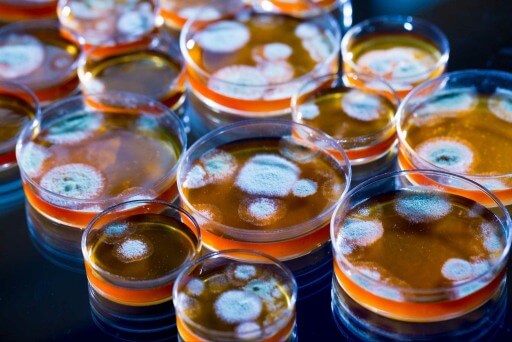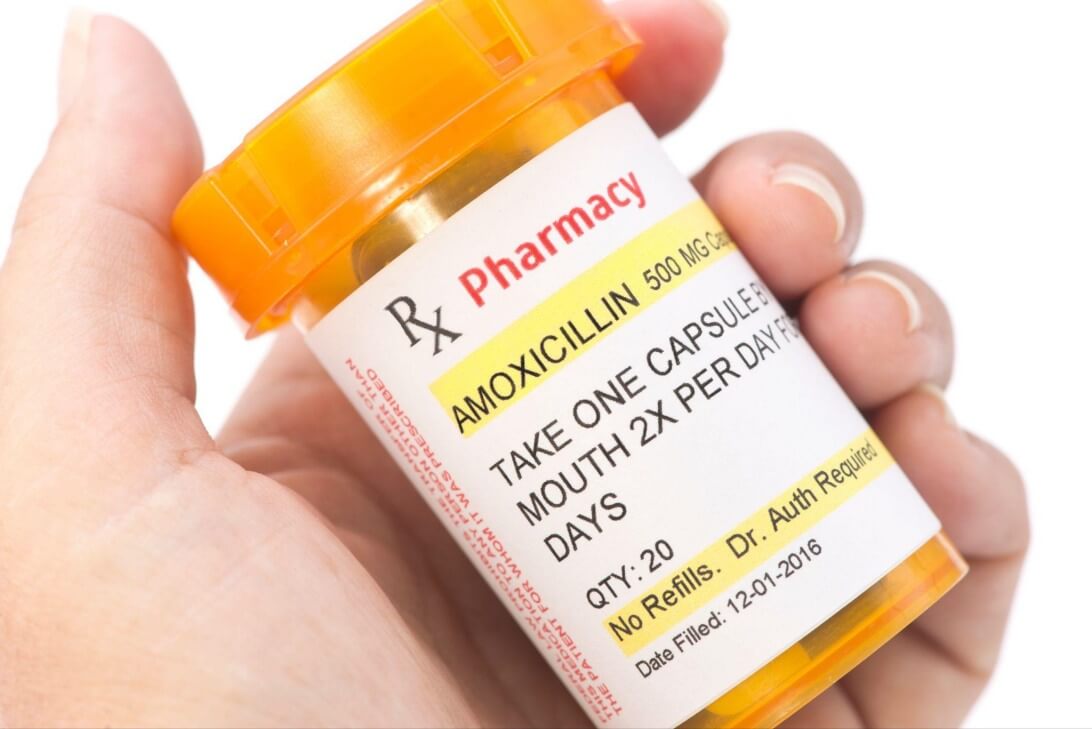Highlights
- Penicillin was first discovered in 1929 and is still widely used today.
- There are four classes of penicillins, used for a variety of antibiotic purposes.
- BidRX can help you find the best prices on penicillin drugs.
Penicillins were among the first modern drugs and remain some of our most important antibiotics. While penicillin itself is relatively rare, a wide range of drugs derived from it are in common use. In this article, we’ll discuss the classes of penicillins and what you most need to know about them.
Penicillin: History and Current Use
Penicillin was famously discovered by accident, when scientist Alexander Fleming found that a type of mold in the Penicillium genus creates substances that kill bacteria, allowing the mold to flourish. By the 1940s, penicillin was in wide use, treating a wide range of infections.
While the original penicillin is out of use due to antibiotic resistance, many drugs derived from it continue to help thwart infection.
The classes of penicillins include:
- Natural penicillins
- Penicillinase-stable penicillins
- Aminopenicillins
- Extended-spectrum penicillins, sometimes subdivided into ureidopenicillins and carboxypenicillins
For all classes of penicillin, there are a few points to keep in mind.
- Allergy to one type of penicillin is a strong indicator that you are allergic to other forms. If you’ve had an allergic reaction in the past, request an allergy panel before taking penicillins.
- You must take the complete course of medication prescribed unless your doctor tells you otherwise. Even if you feel better before the course is finished, completing the course is crucial to preventing the rise of microorganisms resistant to antibiotics.
- Antibiotics, including penicillins, are only effective against bacteria. Illnesses caused by viruses or fungi generally aren’t affected by antibiotics, and they shouldn’t be taken “off-label” to treat them.
- Due to the way they function, penicillins may cause nausea, diarrhea, vomiting, or rash as side effects. While these are expected symptoms, review possible signs of an opportunistic infection, particularly a viral or fungal one, with your doctor and call immediately if you find them.
- Some penicillins are only effective against specific infections and should only be used on those infections.
Natural Penicillins

Natural penicillins are still “harvested” from penicillium molds in sterile conditions where they’re fermented, recovered, and treated. Benzylpenicillin, also called penicillin G, and phenoxymethylpenicillin, or penicillin V, are the two natural penicillins on the market as of this writing.
Benefits — Natural Penicillins
Natural penicillins remain effective against a fairly wide range of bacteria, including common ones such as pneumonia, staph infections, strep throat, as well as more dangerous ones such as tetanus and gangrene. They’re also well understood by doctors, as they’ve been available for decades.
Risks — Natural Penicillins
Due to being on the market so long, the risk of antibiotic-resistant strains emerging is growing over time. Natural penicillins also are an allergy risk and have the highest risk of penicillin resistance, where the body fights the drug.
Penicillinase-stable Penicillins

Soon after penicillin was introduced, some people were found to have high levels of penicillinase, an enzyme found in the liver, which breaks down the drug so quickly that it becomes ineffective. Some bacteria may also generate enzymes that perform a similar function as they become resistant to an antibiotic.
To combat this, scientists created “semisynthetic” penicillins, modifying natural penicillins to create new drugs that last longer.
As of this writing, there are three penicillinase-stable antibiotics available in the U.S.:
Benefits — Penicillinase-stable Penicillins
The main benefit of these drugs is that they resist penicillinase, giving these antibiotics time to work in the system. They also are more effective against strains that have evolved to be resistant to natural penicillins.
Risks — Penicillinase-stable Penicillins
Due to their structure, these antibiotics may not be safe if you have liver problems or liver damage. Familiarize yourself with possible signs of liver damage and liver failure before taking these medications.
Aminopenicillins
In the 1950s, a British pharmaceutical company found a way to derive a substance called 6-APA from penicillin G, which opened the way to synthesizing new types of penicillins. Aminopenicillins add a charged amino group to the standard penicillin chemical structure, which grants it more effectiveness against a broader range of microorganisms.
The first aminopenicillin was ampicillin, which was derived from penicillin G. Amoxicillin was introduced in 1972.
Benefits — Aminopenicillins
Aminopenicillins were among the first antibiotics to be effective against gram-negative bacteria. Gram-negative bacteria have different cellular structures than their gram-positive counterparts, making it difficult for some antibiotics to penetrate them.
Risks — Aminopenicillins
Despite their broad-spectrum effectiveness, aminopenicillins are still subject to penicillin resistance. They are also more likely to trigger potentially dangerous allergic reactions.
Extended-spectrum Penicillins

Extended-spectrum penicillins are semisynthetic penicillins that target the widest range of bacteria. One sub-class in particular, ureidopenicillins, are effective against and almost exclusively used on the Pseudomonas genus, one of the most common post-surgical infections.
Currently, only piperacillin is still available in the U.S. It’s usually paired with tazobactam to increase effectiveness, although other extended-spectrum penicillins are available overseas.
Benefits — Extended-spectrum Penicillins
The main benefit of extended-spectrum penicillins is the wide range of bacteria that they affect. They also are more resistant to attempts by bacteria to break them down.
Risks — Extended-spectrum Penicillins
Extended-spectrum penicillins have generally been phased out in favor of other antibiotics due to the need for higher doses leading to higher risk of side effects and toxicity.
Get the Lowest Price for Penicillins With BidRx
When you’re in need of antibiotics, the last thing you need is to worry about the price of filling a prescription. BidRx helps you find the best price on your medications. Once you create a bid on the site, pharmacies across the country bid on it, and you choose the best price. Then it’s shipped directly to your door, or you can pick it up if you choose a local drug store, so you can focus on getting better.
To find the lowest price, visit our antibiotics page to get started. When you see how simple it is to get the best possible price, you’ll never shop anywhere else.
